Three years in a row with Bulawayo posting best Grade Seven results
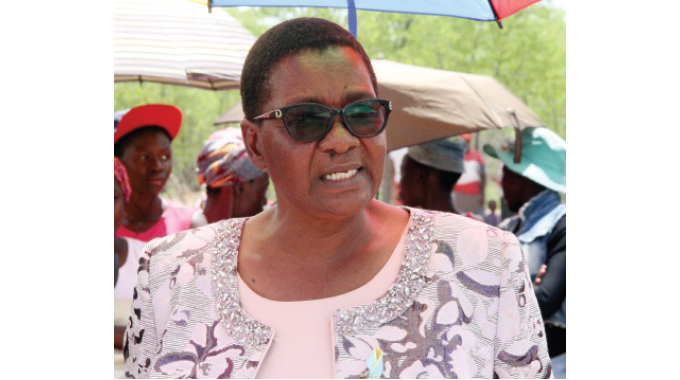
Thandeka Moyo-Ndlovu, Senior Reporter
BULAWAYO province recorded the best Grade Seven ZIMSEC results countrywide for the third year in a row last year with reports showing that although Covid-19 affected continuous learning, the 2021 pass rate improved from the previous year.
The 2021 Ministry of Primary and Secondary Education Statistics Report shows that Bulawayo recorded the highest pass rate last year as well as in 2020 and in 2019.
In 2019, Bulawayo’s pass rate stood at 79,51 percent against a 46,89 national average, in 2020 it was at 66,8 percent compared to 37,11 that was the national average.
In 2021, the Bulawayo pass rate shot up to 76,6 percent compared to the national rate which stands at 40,7.
Last year, Matabeleland North had the lowest pass rate at 22,2 percent while Harare which came second recorded 75,26 percent.
It was followed by Midlands at 39, 09 percent and then Masvingo province at 37,17 percent. In position five was Manicaland with 36,6 percent, Mashonaland East at 34,5 followed by Mashonaland West at 31,8 and then Matabeleland South at 31,3 percent.
In Zimbabwe, the key measures of learning outcomes are the national pass rates of public examinations at Grade 7, Ordinary Level and Advanced Level.
In her summary of the report, the secretary in the Ministry Mrs Thumisang Thabela said Bulawayo has maintained pole position in terms of Grade Seven examinations results.
“Bulawayo has had the highest pass rate as in the past three years (76,75 percent in 2021) followed by Harare with 75,26 percent. Matabeleland North had the lowest Grade 7 pass rate of 22,24 percent,” she said.
She said since 2017, the gender disparities in Grade 7 pass rates have been in the favour of females.
“In 2021, the Grade 7 pass rate was 40,98 percent. The pass rates for males and female learners were 37,32 percent and 44,41 percent, respectively. During the period 2017 to 2018, the Grade 7 pass rate increased from 44,76 percent to 52,87 percent. However, during the period 2018 to 2020, the Grade 7 pass rate dropped from 52,87 percent to 37 percent. Thereafter, the Grade 7 pass rate increased by 3,98 percent in 2021,” read the report.
The report also shows that despite Covid-19 induced challenges, the country sustained a steady annual increase in the number of primary learners during the period 2017-2021.
“Over the period 2017-2021, there has been an annual increase of enrolment in lower and upper secondary schools. New entrants into Grade 1 are 430 378, of which, males and females constitute 50,49 percent and 49,51 percent, respectively. New entrants into Form 1 are 276 136, of which, 48,64 percent are males and 51,36 percent are females. Primary school Apparent Intake Rate (AIR) is at 93,38 percent while primary school Net Intake Rate (NIR) is 22,86 percent.”
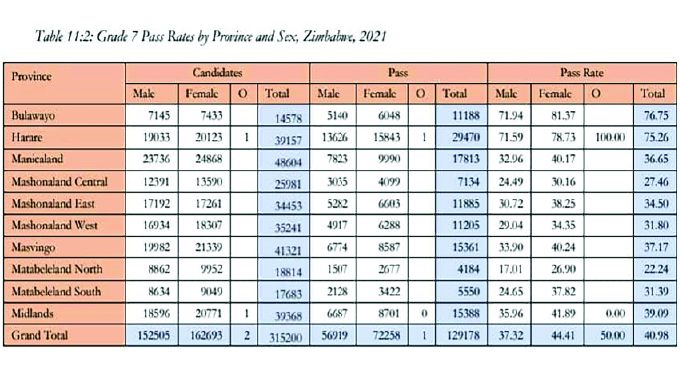
Primary and secondary schools with access to internet are 23,02 percent and 39,43 percent respectively according to the report.
“The proportion of schools with computers for learners at primary and secondary levels of education are 35,01 percent and 50,39 percent, respectively. Furthermore, Seating Place Ratios are 1:39 for primary and 1:10 for secondary schools, while Writing Place Ratios are 1:55 and 1:11 for primary and secondary schools, respectively.”
At least 14 600 pupils, including 238 primary school girls dropped out of school last year due to issues related to pregnancy and child marriages. The prolonged school closure due to the Covid-19 lockdown also contributed to the spike in dropout incidences.
The report shows that 69 660 pupils dropped out of school last year, the highest in four years. Of those, 50 744 were in secondary school while 18 916 were at primary level.
The Ministry of Primary and Secondary Education attribute the spike in school dropout incidences to the Covid-19 lockdown. Some of the reasons that contributed to learners dropping out of school include financial challenges, child labour, illnesses and special needs for learners with disabilities.–@thamamoe

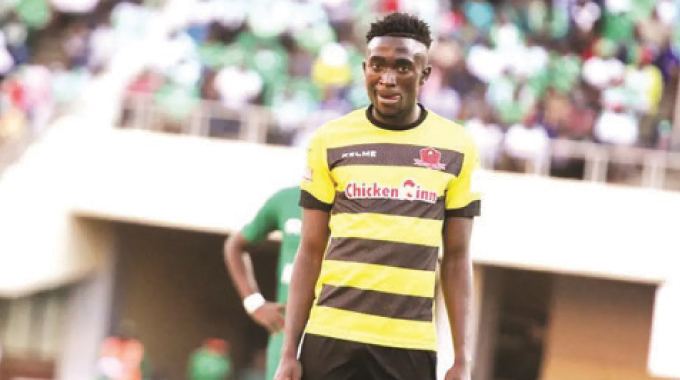
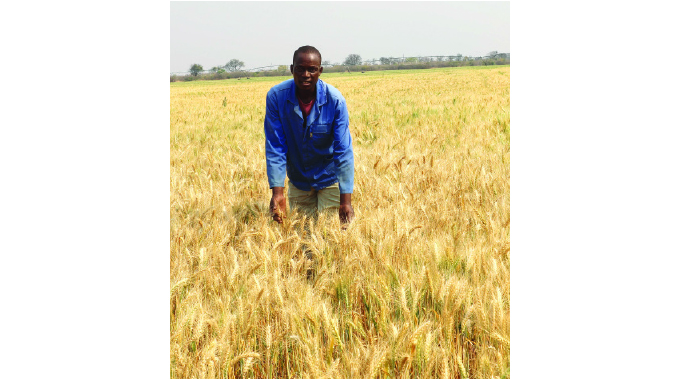

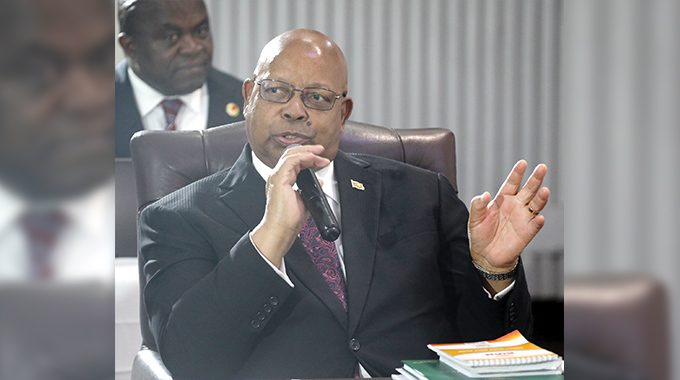
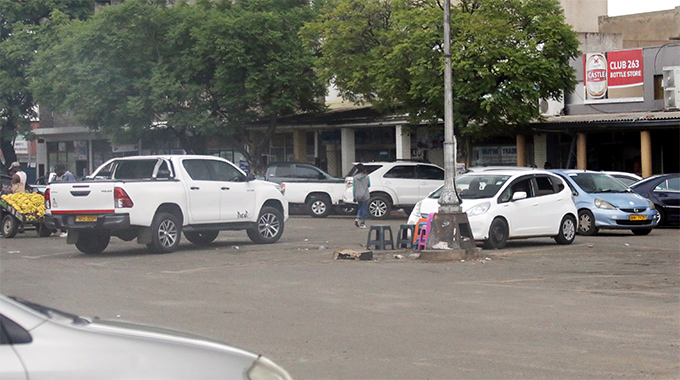






Comments